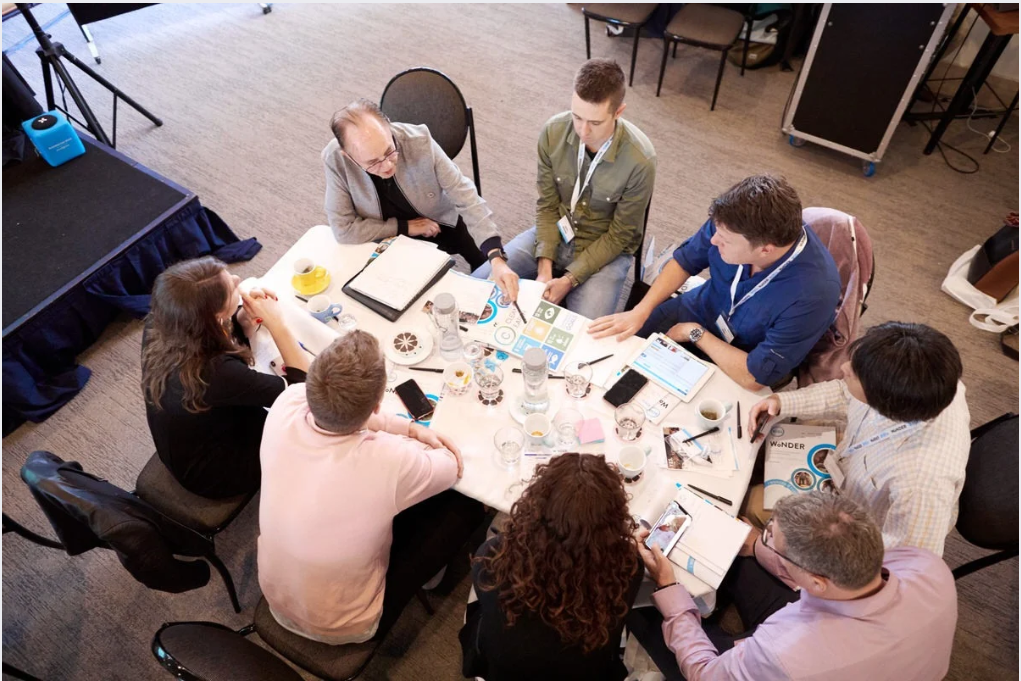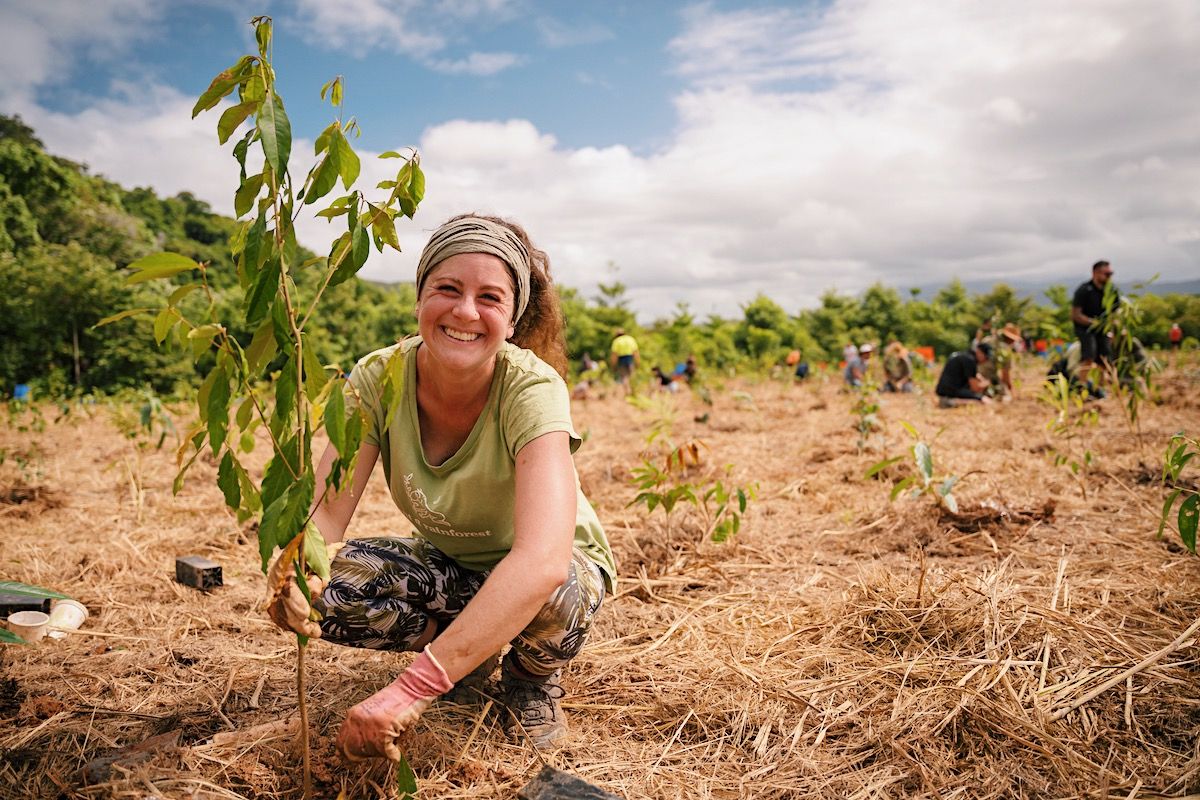CSR vs ESG: what’s the difference?
The shortest answer is: 49 years.

CSR first surfaced in 1953 (more about that in a moment). The term ‘ESG’ was first coined 49 years later in 2004 by then UN Secretary General, Kofi Annan.
But in between those years, another important concept emerged too: TBL (Triple Bottom Line).
Yes, three-letter acronyms (TLAs) abound in the Philanthropic space — and there are 2 other important ones worthy of mention here: PPP (People, Planet Profit) and the SDGs (the Sustainable Development Goals).
All of these TLAs play an important part in understanding the difference between CSR vs ESG.
So to understand the difference between CSR and ESG, let’s begin by tracing the history — doing that gives us a very real clue on the differences. Oh and to add extra value for you, we’ll give you two additional meanings for the terms which we think point to a new way forward for philanthropic efforts.

Defining Corporate Social Responsibility (CSR)
As we’ve said, historically Corporate Social Responsibility (CSR) is the oldest of the terms. Howard Bowen can claim the credit for that with his 1953 book "Social Responsibilities of the Businessman," where he explored the idea that business leaders have responsibilities to society that extend beyond making profits. Hence ‘Corporate Social Responsibility’.
(We’ll give you a new way to de-code it for that towards the end of this piece so do stay tuned.)
Next in line for a TLA credit is John Elkington — the global CSR authority who in 1994 famously called for a more meaningful approach to CSR with his 1994 Triple Bottom Line (TBL) insights, books, speeches, and articles. Together they spelled out the need for a broader application of CSR by focusing on the 3-P’s People, Planet, Profit.

The B1G1 Connection
We met John, a brilliant man (and a really nice guy too), here in Singapore in 2016. He was fascinated by the concept of our B1G1 initiative, principally because of the way B1G1 was able to be directly integrated into every activity of the company.
We explained that with B1G1 in place, companies are able to say, “every time we interact, something great happens in our world.” For example, they could put in place processes so that whenever they send an email, a child in need gets access to water for a day.
Just ponder that for a moment.
Companies using B1G1 are able to make that email to water ‘transition’ for just 1 cent. So, given that the current estimate of the number of emails sent each day is 332 BILLION, at 1 cent per impact, that’s an amazing 3.32 BILLION dollars per day to help the 730 Million people in our world who do not have access to pure, clean water.
Or consider Apple’s AppStore with at least 500 Million downloads per day. And consider that in B1G1, it costs just 1 cent to give access to education for a day to a child in need.
So, doing the calculations again, that’s 5 Million children getting educated per day just because the rest of us downloaded an app.
John Elkington liked that concept.
And in 2018 he famously suggested a ‘recall’ of the Triple Bottom Line.
He felt that while the concept had gained widespread acceptance and was frequently used by corporations, it was often implemented superficially and did not achieve the deep transformation in corporate behaviors that he had hoped for.
John expressed concern that the TBL concept was being used as a tick-box exercise, diluting its impact and failing to drive genuine sustainability. He emphasized the need for organizations to integrate it into their core strategies genuinely and effectively, rather than treating it as an add-on or a mere compliance measure.
He encouraged companies to embrace a more ambitious and rigorous approach, embedding sustainability deeply into their business models to drive real systemic change.

This action reflects John’s ongoing commitment to pushing the boundaries of corporate sustainability and his belief in continuously challenging and refining concepts to ensure they see their intended transformative purpose.
Let’s pause and read those last 4 paragraphs again. There are some really important words in those last 4 paragraphs. Let me pull them out for you:
● Transformation
● Integrate
● Embedding
● Transformative
And any model (whether it can be represented by a 3-letter acronym or not) has to be or do those things to make the change that is SO necessary now: integrating and embedding giving and creating impacts right at the very core of the enterprise so that it transforms both businesses and our world simultaneously.
And it needn’t be complicated either — B1G1 certainly is not.

How ESGs Are Different (And Difficult)
The same cannot be said about ESG (Environmental Social and Governance).
When the then UN General Secretary Kofi Annan introduced it in 2004, he focused on embracing the financial world in the measurement process.
He recognized the crucial role that large finance companies play in shaping global economic dynamics. In his vision for Environmental, Social, and Governance (ESG) principles, he aimed to involve these finance companies for several key reasons: scale and influence, access to capital along with risk management, and long-term value creation.
BUT … and it’s a big ‘but’ …. 20 years later, we’re still trying to figure out how to make it work. That’s because one of the primary challenges facing ESG investing is the lack of standardized metrics and reporting frameworks. This makes it difficult for investors to compare the ESG performance of different companies accurately and for companies to report their ESG practices consistently.
Not only that, but the whole ESG concept misses a crucial point. Because of its complexity, it is aimed squarely at large to very large businesses - the real ‘corporates’.
Yet studies suggest that 90% of businesses are ‘small’ - SMBs or SMEs (Small to Medium-scale Businesses or Small to Medium-scale Enterprises) to coin yet another 2 TLA’s.
And the standard ESG for them is simply too hard.
Why not let’s make ESG stand for essentially a ‘command’ - Embed Social Good. And let’s call those businesses who respond positively to that “Businesses for Good.”

And whilst we’re about it, why not let’s change CSR to mean ‘Collaborative Social Responsibility’? What a difference that would make; each Business for Good becoming part of a Businesses for Good ‘movement’.
With that in mind. you may well want to check out b1g1.com and see how well it fits that model and how well it fits you (oh yes, you’ll see how it automatically links you to the SDGs too!)
